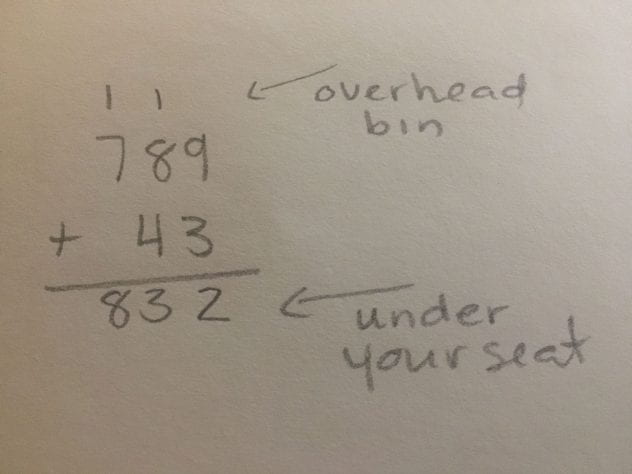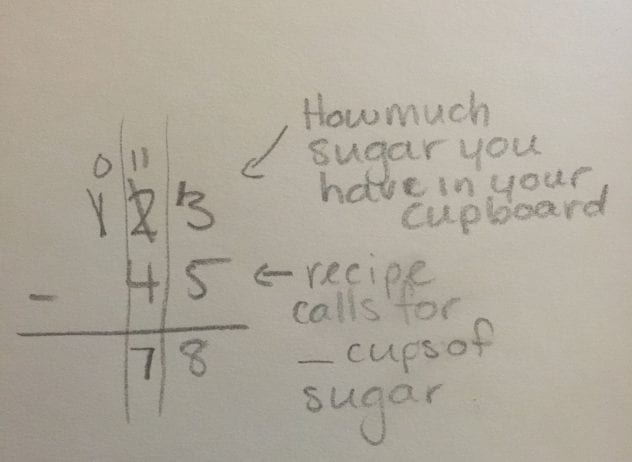By Christa Rawlings (MEd in IE; Grade 6 Teacher, Learning in Depth Teacher)
Welcome back to: The Heroic Classroom. Over the course of this year I am on the hunt for two things:
1. Reflections on my lessons and how various Heroic Qualities present themselves.
2. Observations of how/if students recognize Cognitive Tools in action and how they put the tools into use themselves throughout the school year.
I hope you continue to follow along on our IE adventure!
The Heroic Classroom: September 10
Heroic Quality of the Day: Flexibility-ish and a Rant
My school is having growing pains. We are now at population of close to 700. With yet another full classroom added this week, my numbers have shifted and I am up five more students. I consider myself a fairly flexible person so this will be ok. My practice is slow and steady, as is the pace of the student’s individual work time, so nothing is really going to change. But, my flexibility does not mean I am willing to let my students’ success be put in jeopardy due to class size and composition issues. It took me a long time to be comfortable with standing up and insisting that promises made to my profession and my students are kept. Accountability for these promises made by the powers that be is high on my list of priorities. Being Flexible in my practice is not the same as being a Doormat. Rant over… continue with your day.
The Heroic Classroom: September 11
Imaginative Tool of the Day: Story
I don’t allow calculators in my classroom until the Spring. This may ruffle a few feathers for those who see calculators as one of the necessary ways to adapt assignments for children with learning issues, but I stick to my guns. I can adapt assignments in many more ways than having the child use a calculator. I can alter the equations to simplify any calculations involved in a new concept. I can shorten the assignment or I can show them alternative ways to master simple calculations. Do they really need to calculate the area of a rectangle using 15cm x 63cm for me to figure out if they understand the concept? Or could I just ask them to calculate the area of a rectangle using the dimensions 7 cm x 4 cm?
Story telling, in math, is something I hadn’t thought about too much in my first years of teaching. When I found more and more kids were struggling with basic math concepts, such as carrying/borrowing while adding/subtracting multiple digits, story became a tool to explain the pattern. Essentially what I mean is – I give meaning to the pattern of adding/subtracting multiple digit numbers through story.
The following are the scripts I use to tell the stories:
Addition – Overhead Luggage
You are going on a plane ride and you have brought a LOT of carry on luggage.
It looks like you’re going on a long trip because you brought 9+3 bags. That’s 12 bags! You can fit 2 bags at your feet but the 10 others need to go in the overhead bin.
Your seat neighbour arrives and she has 80+40 bags. Whoa! Including the 10 you just put up above that’s 130 bags! Ok, don’t panic, she can fit 30 bags at her feet and the remaining 100 go in the overhead bin.
Both of you realize that the window seat passenger has arrived with….700 bags! (Where is he going with all of these bags?) Luckily the space under his seat has lots of room and he can fit all 700 of his bags plus the 100 in the overhead bin at his feet. Whew! 832 bags is a lot of luggage. The flight attendants start their routine and it’s time for take off. Bon Voyage!
Subtraction – Borrowing Sugar
You are going to bake some muffins. The recipe calls for 5 cups of sugar (that’s a lot of sugar!). You look in your cupboard and you only have 3 cups of sugar. Is that enough? Nope. What to do, what to do… Ah! you have an idea. You go across the hall and knock on your neighbour’s door.
Knock, knock, knock (the whole class joins me in ‘knocking on the door’). You ask if she has any sugar you can borrow. She says, “Sure, I have 20 cups of sugar but I’ll give you 10 cups, is that enough?” “That’s more than enough, thank you.” you say and head back to your kitchen. Now you have 13 cups of sugar. The recipe only calls for 5 so you have 8 left over.
Your neighbour thinks baking muffins is a great idea. She pulls out her recipe that calls for 40 cups of sugar! She realizes she gave you some of her sugar and now only has 10 cups left. Is that enough? Nope. What to do, what to do…. Ah! She has an idea. She goes down the hall to her neighbour’s door. Knock, knock, knock. She asks if he has any sugar she can borrow. He says, “Sure, I have 100 cups of sugar, is that enough?” “That’s more than enough, thank you” she says and heads back to her kitchen. Now she has 110 cups of sugar. The recipe only calls for 40 so she has 70 left over.
You both finish baking your muffins and share them with all of your neighbours. “Sweet!” they exclaim.
The story becomes the pattern and the pattern is more easily internalized. With internalized understanding, students are able to rely on themselves to demonstrate understanding. The formulas are much more accessible. Information is no longer something you learn for the test and then forget about. I know it works because as the year goes along and we are working on more complicated mathematical concepts I can hear the kids knocking on their desks absentmindedly because they are internally telling the story of borrowing sugar or exclaiming about how many pieces of luggage they have. That does not happen if you use a calculator.
Stay tuned for Dinner Party Multiplication!!
(Read more about the Imaginative Tool of Story)
Need to catch up? Take a look at some of the other posts from my Heroic Classroom series:
#1 Introduction to The Heroic Classroom
#2 The Heroic Classroom – Trust and Ownership
Other posts by Christa Rawlings
Check out this post in which I describe why I use cognitive tools in my teaching: The Selfish Teacher
Using Cognitive Tools to teach Place Value to Grade 6 and 7 students: Place Value and Really Big Numbers




